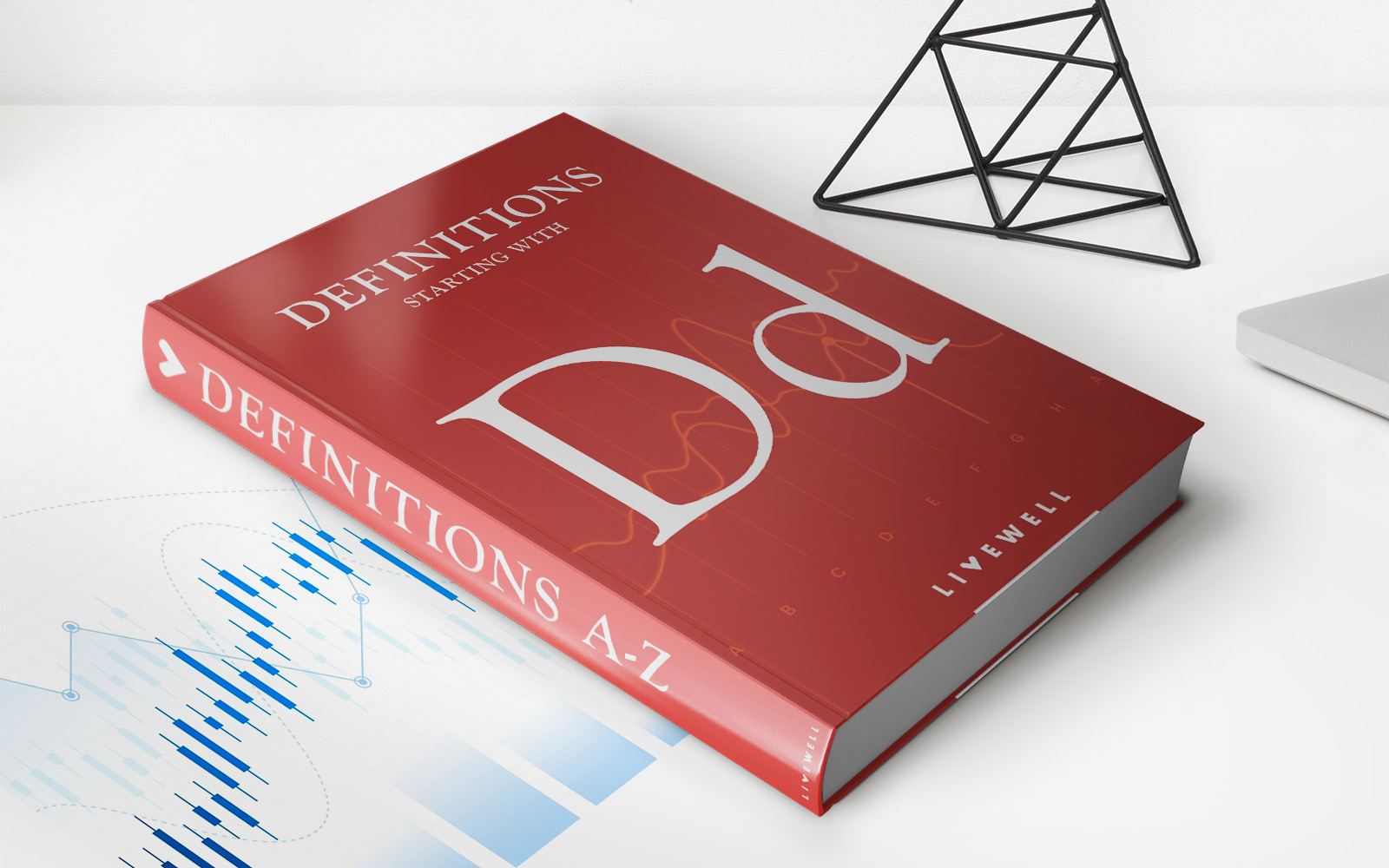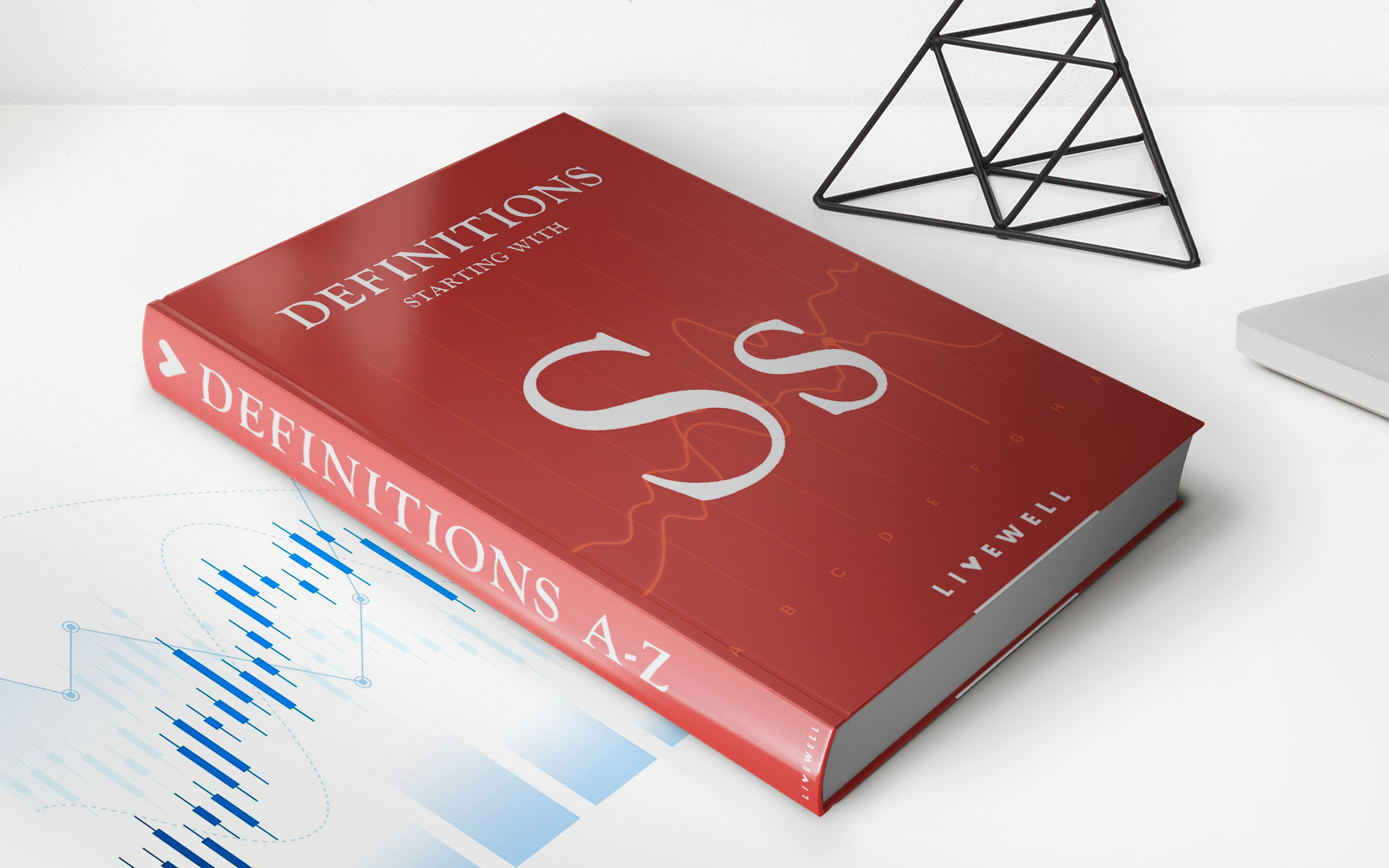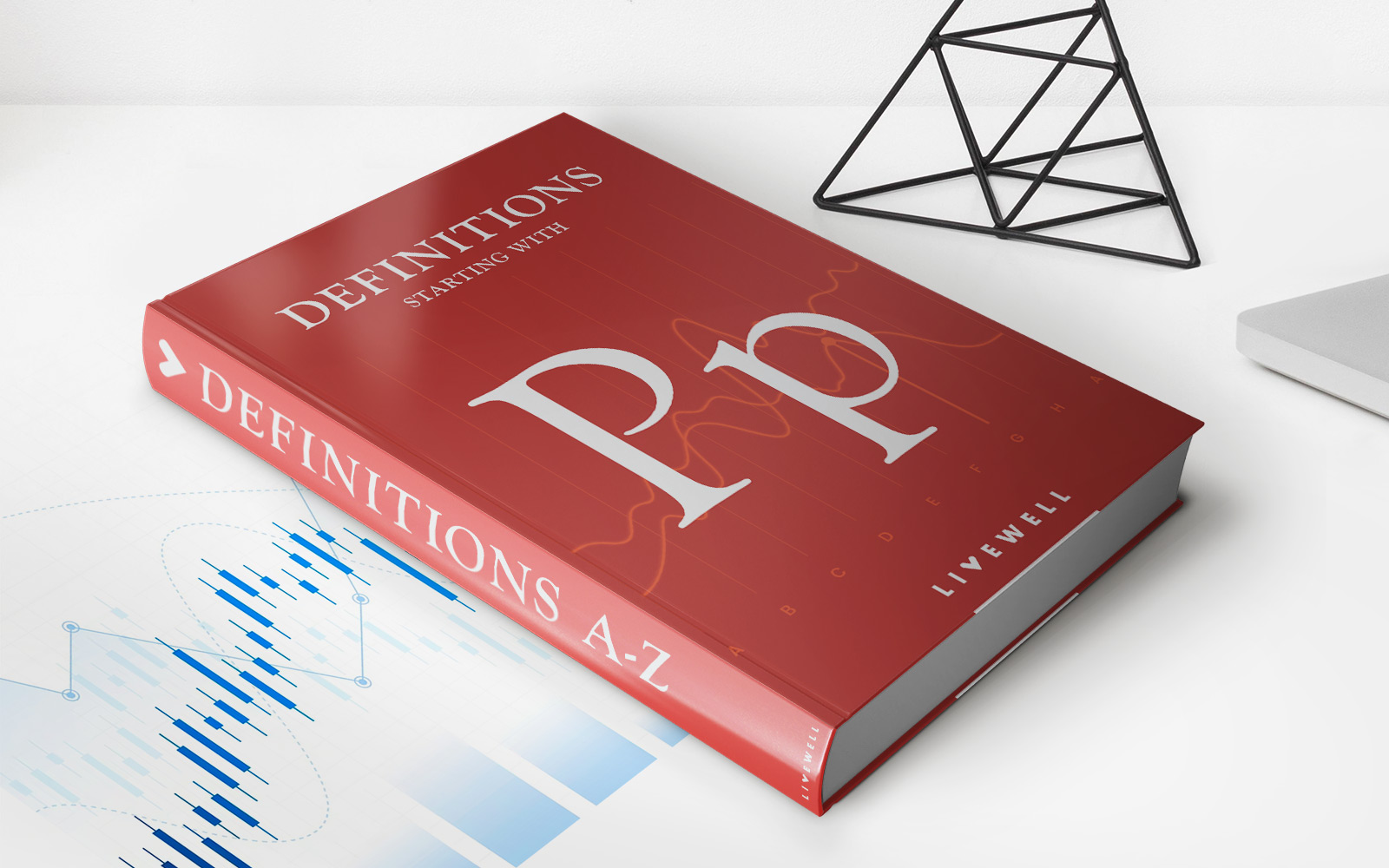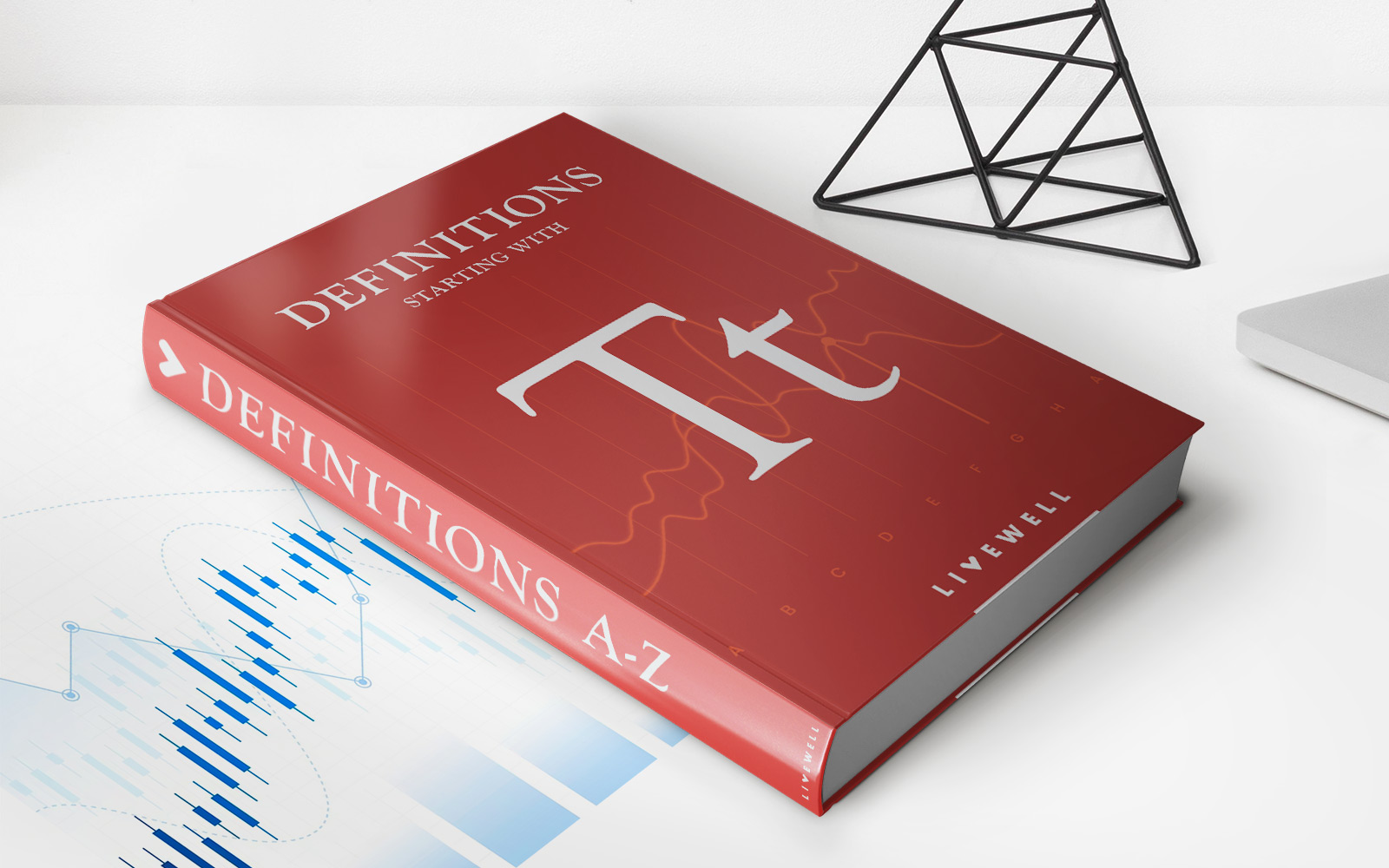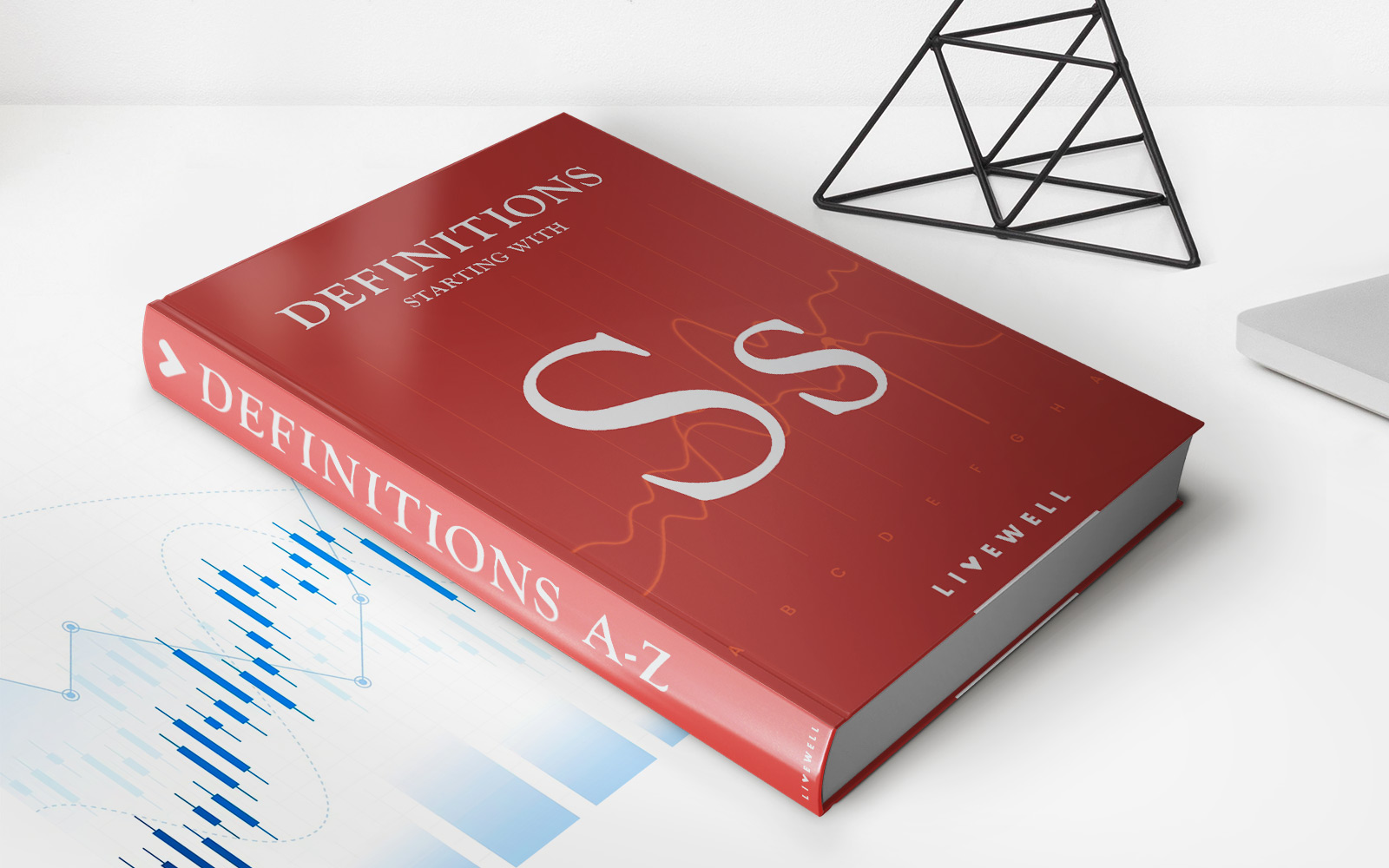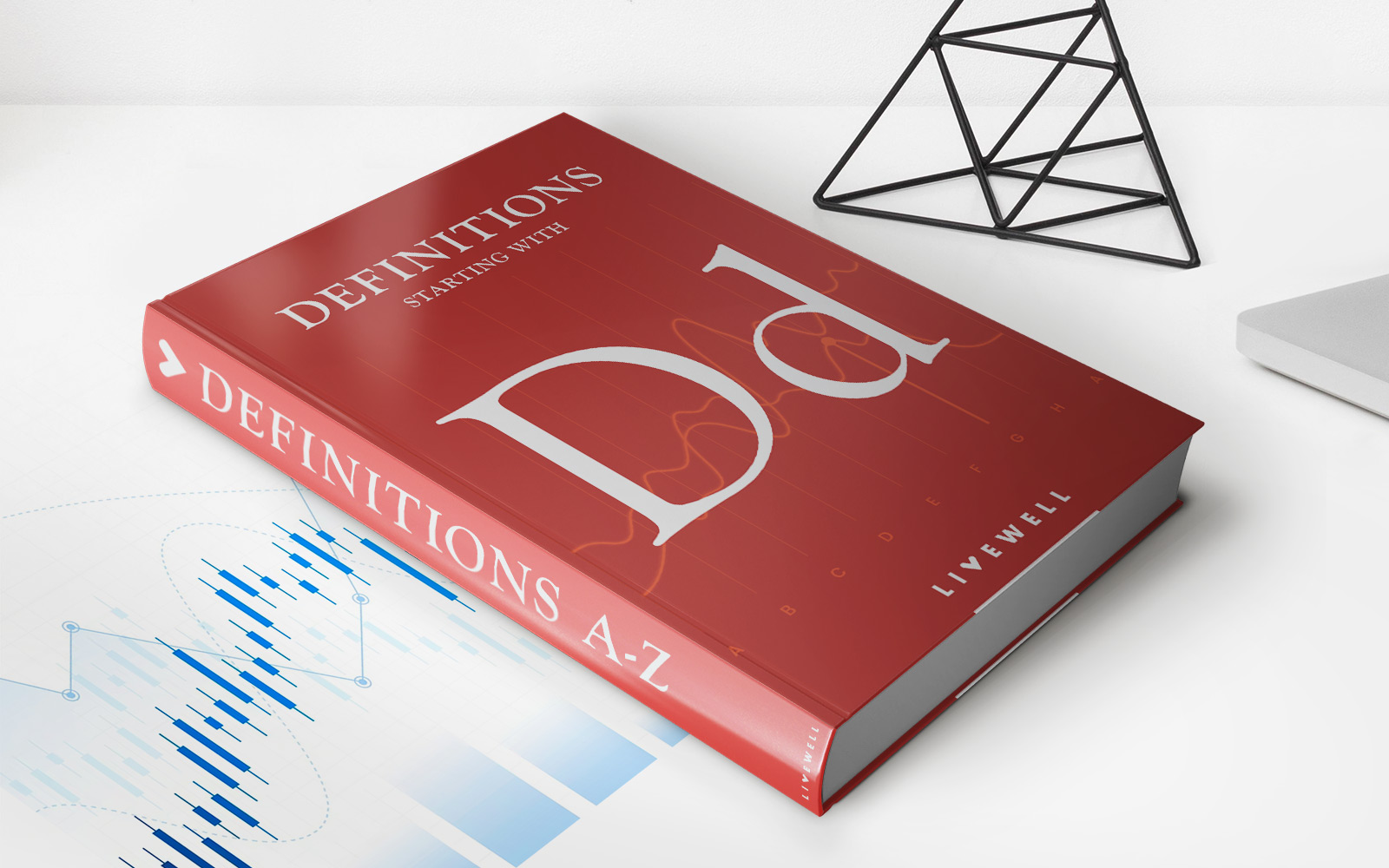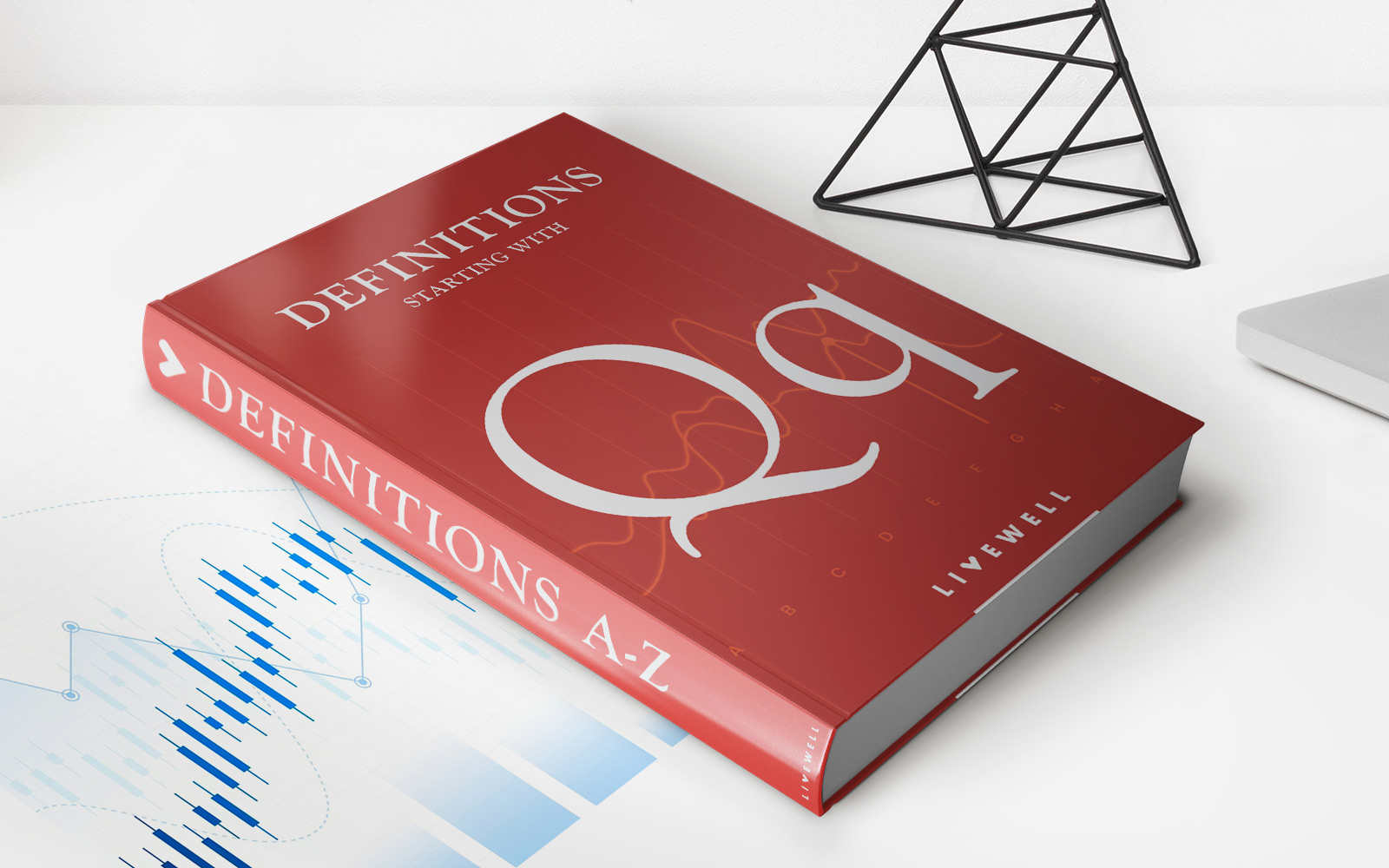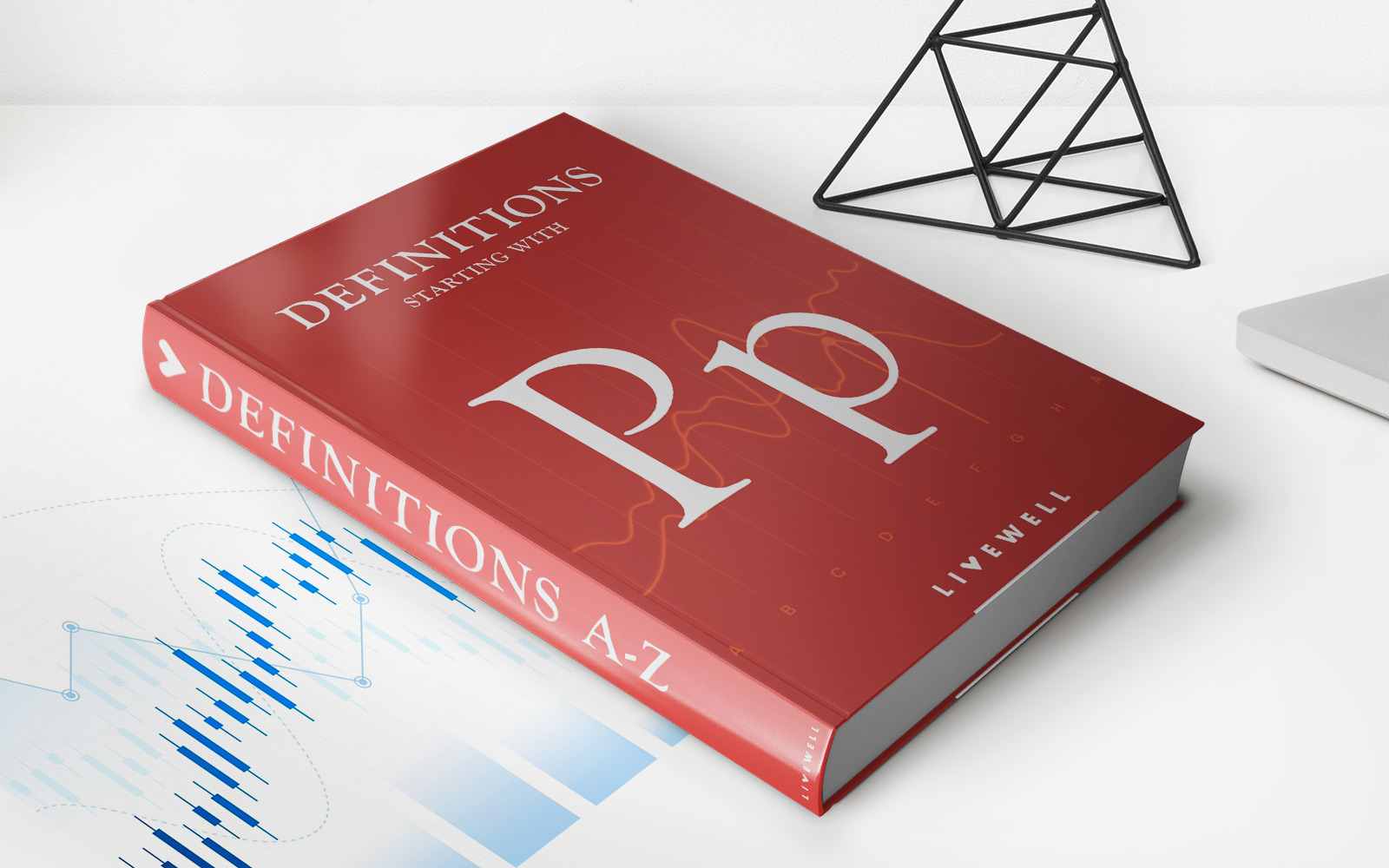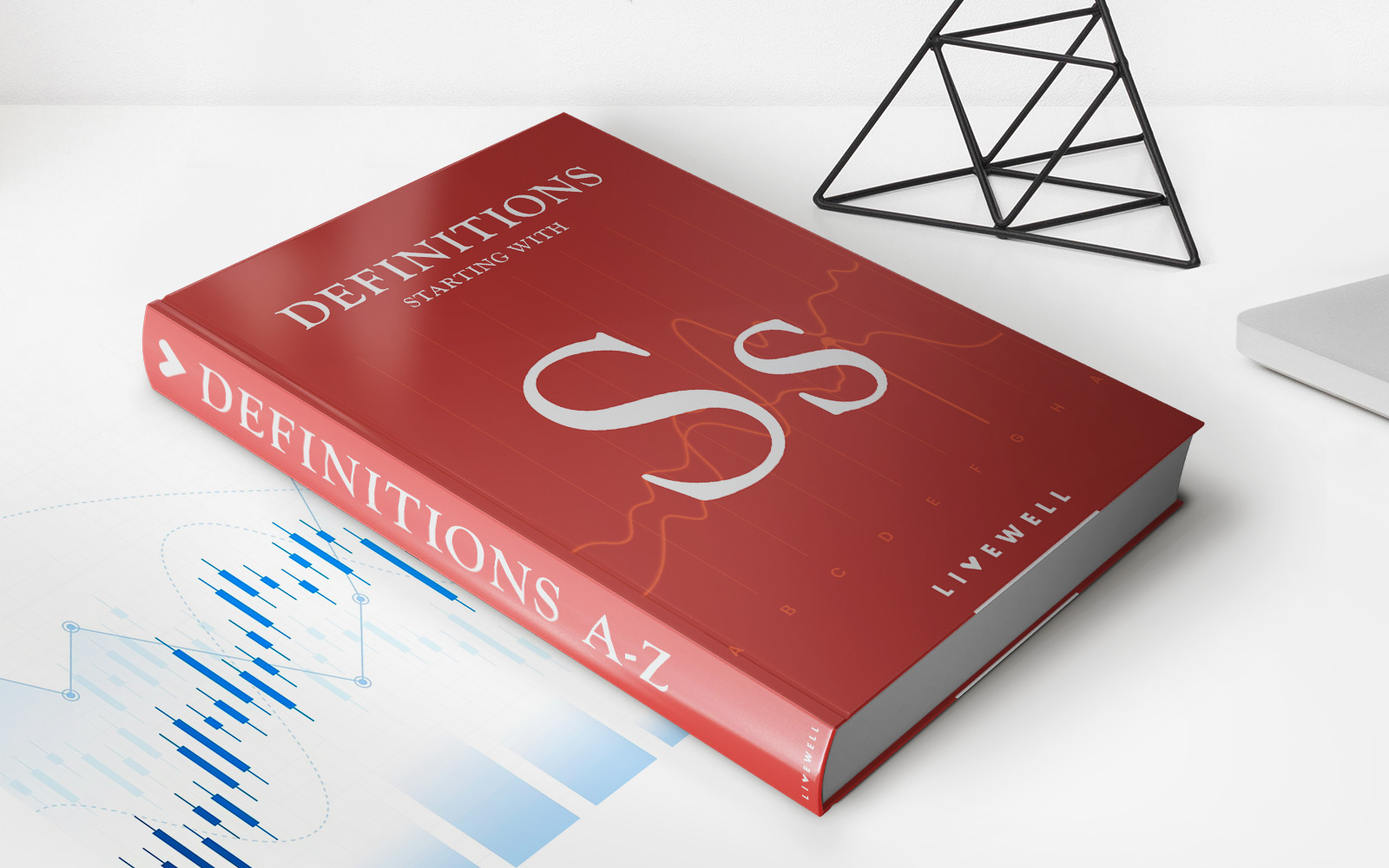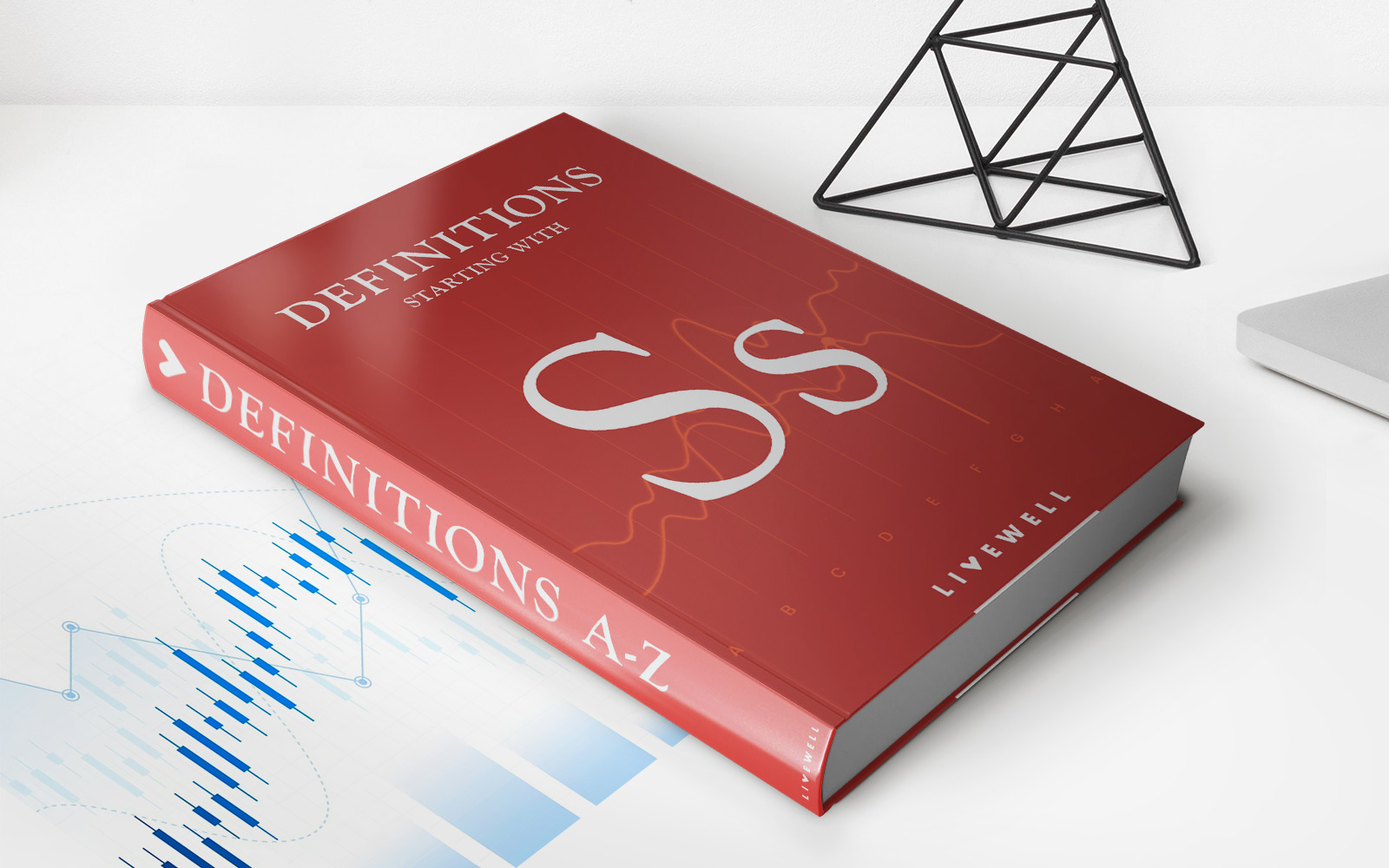

Finance
How Does A Proportional Taxation System Work
Published: November 2, 2023
Learn how a proportional taxation system works in the field of finance. Understand its impact on income distribution and economic fairness.
(Many of the links in this article redirect to a specific reviewed product. Your purchase of these products through affiliate links helps to generate commission for LiveWell, at no extra cost. Learn more)
Table of Contents
- Introduction
- Definition of Proportional Taxation System
- Characteristics of a Proportional Taxation System
- How a Proportional Taxation System Works
- Advantages of a Proportional Taxation System
- Disadvantages of a Proportional Taxation System
- Examples of Proportional Taxation Systems
- Criticisms of Proportional Taxation Systems
- Conclusion
Introduction
Welcome to the world of taxation systems, where different methods are used to collect revenue from individuals and businesses. One such system is the proportional taxation system, which plays a crucial role in shaping a country’s economic landscape. Understanding how this system works is essential for anyone interested in finance and taxation.
A proportional taxation system, also known as a flat tax, is a method of taxation in which everyone pays the same percentage of their income in taxes. Unlike progressive or regressive taxation systems, where the tax rate varies based on income level, a proportional taxation system applies a uniform tax rate to all individuals and businesses regardless of their earning capacity.
Although the concept of a proportional taxation system may seem straightforward, its implications and impact on the economy are more complex than meets the eye. This article aims to delve deeper into the intricacies of this system, examining its characteristics, workings, advantages, disadvantages, and real-life examples.
By gaining a comprehensive understanding of the proportional taxation system, readers will be better equipped to assess its merits and drawbacks and form an informed opinion on its efficacy. So, let’s dive into the fascinating world of proportional taxation!
Definition of Proportional Taxation System
The proportional taxation system, also known as a flat tax, is a method of taxation in which individuals and businesses are taxed at a fixed rate regardless of their income levels or financial standing. Under this system, all taxpayers pay the same percentage of their income in taxes.
Unlike a progressive taxation system, which imposes higher tax rates on higher income earners, or a regressive taxation system, which imposes higher tax rates on lower-income earners, a proportional taxation system treats all taxpayers equally. Whether an individual earns $20,000 or $200,000, they will be subject to the same tax rate.
The idea behind a proportional taxation system is to promote fairness and simplicity. Advocates argue that it encourages economic growth by reducing the tax burden on higher income earners and allowing individuals and businesses to keep more of their money to invest or spend as they see fit.
Proportional taxation systems can be implemented at both the national and state levels. In some cases, governments may apply a single flat tax rate to all forms of income, including wages, capital gains, and dividends. In other cases, different tax rates may be applied to different types of income, such as earned income versus investment income, while still maintaining the principle of proportionality.
It is important to note that a true proportional taxation system is characterized by a fixed tax rate that applies to all income levels. However, in practice, some variations of proportional taxation may include exemptions or deductions for certain low-income earners to alleviate the potential regressive effects of the flat tax rate.
Next, we will explore the key characteristics of a proportional taxation system to gain a better understanding of how it operates.
Characteristics of a Proportional Taxation System
A proportional taxation system, also known as a flat tax, possesses several distinct characteristics that set it apart from other taxation methods. Understanding these characteristics is essential to grasp the implications and effects of such a system. Let’s explore the key characteristics of a proportional taxation system:
- Uniform tax rate: The hallmark of a proportional taxation system is that all taxpayers, regardless of their income level, are subject to the same tax rate. For example, if the flat tax rate is set at 10%, an individual earning $50,000 would pay $5,000 in taxes, while an individual earning $100,000 would pay $10,000.
- Simplicity: Proportional taxation systems are often praised for their simplicity. With a fixed tax rate, taxpayers can easily calculate their tax liability by applying the predetermined percentage to their income. This simplifies the tax filing process and reduces the need for complex tax planning strategies.
- No tax brackets: Unlike progressive taxation systems that have multiple tax brackets with increasing rates as income rises, a proportional taxation system does not have tax brackets. This means there is no differentiation or segmentation of income levels for tax purposes.
- Transparency: Proportional taxation systems offer transparency, as the tax rate is uniform and easily understood by all taxpayers. This transparency helps build public trust in the tax system and reduces the perception of favoritism or discrimination.
- Minimized tax avoidance opportunities: The simplicity and transparency of a proportional taxation system can help minimize tax avoidance opportunities. With a fixed tax rate and fewer complex provisions, there is less room for individuals and businesses to manipulate their income or engage in aggressive tax planning strategies.
- Minimal compliance costs: Since proportional taxation systems are often less complex than progressive or regressive systems, taxpayers typically face lower compliance costs. The simplified tax structure reduces the need for extensive record-keeping and professional tax assistance, benefiting individuals, small businesses, and the overall economy.
Understanding these characteristics is crucial for evaluating the advantages and disadvantages of a proportional taxation system, which we will explore in the next sections.
How a Proportional Taxation System Works
Understanding how a proportional taxation system operates is essential to comprehend its impact on individuals, businesses, and the overall economy. Let’s dive into the workings of a proportional taxation system:
1. Determining the flat tax rate: The first step in implementing a proportional taxation system is determining the flat tax rate. This rate is typically set as a percentage of the taxpayer’s income and remains constant regardless of income level. For example, if the flat tax rate is 15%, every taxpayer will pay 15% of their income in taxes.
2. Calculating tax liability: Once the flat tax rate is established, taxpayers can easily calculate their tax liability by multiplying their income by the flat tax rate. For instance, if an individual earns $60,000 and the flat tax rate is 10%, their tax liability would be $6,000 ($60,000 * 0.10).
3. Collecting tax revenue: Proportional taxation systems rely on the timely collection of tax revenue to fund government operations. Taxes are typically collected through income tax withholding for employed individuals, estimated tax payments for self-employed individuals, or annual tax returns for both individuals and businesses.
4. Promoting fairness and equity: Proportional taxation systems are often positioned as fair and equitable, as all taxpayers are subject to the same tax rate. Advocates argue that this approach treats everyone equally, regardless of income level or financial situation.
5. Providing exemptions and deductions: While a true proportional taxation system applies a uniform tax rate to all income levels, certain variations may include exemptions or deductions for low-income earners to mitigate the potential regressive effects of the flat tax rate. These provisions aim to alleviate the tax burden on individuals with lower incomes.
6. Potential impact on economic behavior: Proportional taxation systems can influence economic behavior in various ways. Lower-income earners may have more disposable income, promoting consumer spending. Higher-income earners may have increased incentives to save, invest, or start businesses due to reduced tax rates.
It’s important to note that proportional taxation systems can vary from country to country or even within different regions of the same country. The specific details of how the system operates can depend on government policies, tax laws, and economic factors.
Now that we understand how a proportional taxation system works, let’s explore the advantages and disadvantages associated with this tax structure.
Advantages of a Proportional Taxation System
The proportional taxation system, or flat tax, offers several advantages that proponents argue make it a fair and effective method of taxation. Understanding these advantages can provide valuable insights into the merits of this tax structure. Let’s explore the key advantages of a proportional taxation system:
- Simplicity: Proportional taxation systems are often praised for their simplicity. With a fixed tax rate applied to all taxpayers, calculating tax liabilities becomes straightforward and eliminates the need for complex tax planning strategies. This simplicity can reduce compliance costs and make tax administration more efficient.
- Transparency: A flat tax rate applied to all individuals promotes transparency in the tax system. Everyone knows and understands the rate they are subject to, fostering trust in the fairness and equity of the taxation process.
- Reduced tax avoidance: By minimizing the complexity and loopholes often associated with progressive tax systems, a proportional taxation system can help reduce opportunities for tax avoidance. The uniform tax rate leaves fewer options for individuals and businesses to exploit or manipulate the tax code.
- Encouragement of economic growth: Proponents argue that a flat tax rate promotes economic growth by incentivizing investment and entrepreneurship. With lower tax rates for higher income earners, they have more disposable income to save, invest, or spend on entrepreneurial endeavors. Supporters argue that this stimulates economic activity and job creation.
- Reduced tax burden: Proportional taxation systems can benefit higher-income earners by reducing their overall tax burden compared to progressive tax systems with higher tax rates on the wealthy. Advocates argue that this creates a more favorable environment for wealth accumulation and capital formation.
- Elimination of tax brackets: Unlike progressive taxation systems with multiple tax brackets, a proportional taxation system eliminates the need for differentiating between income levels when calculating tax liabilities. This simplification reduces administrative complexities and streamlines the tax process.
These advantages are often championed by proponents of a proportional taxation system, as they believe that this type of tax structure promotes fairness, efficiency, and economic growth. However, it’s important to explore the potential disadvantages and criticisms of such a system to gain a balanced perspective, which we will do in the next section.
Disadvantages of a Proportional Taxation System
While a proportional taxation system offers certain advantages, it is not without its share of criticisms and potential drawbacks. Being aware of these disadvantages helps provide a comprehensive understanding of the implications of a flat tax. Let’s explore the key disadvantages of a proportional taxation system:
- Regressive effects: Critics argue that a flat tax can have regressive effects, disproportionately burdening lower-income earners. Since a flat tax applies the same tax rate to all income levels, individuals with lower incomes may struggle to meet their basic needs when a significant portion of their earnings goes towards taxes.
- Income inequality: Some argue that a proportional taxation system can perpetuate income inequality, as it does not take into account the ability to pay. Individuals with higher incomes may benefit from lower tax rates and retain a larger proportion of their income, exacerbating wealth disparity in society.
- Reduced progressivity: Unlike a progressive taxation system, where higher earners pay higher tax rates, a proportional tax structure reduces the progressivity of the tax system. Critics contend that this diminished progressivity can hinder efforts to redistribute wealth and promote social equity.
- Limited revenue generation: Due to the uniform tax rate, a proportional taxation system may generate less tax revenue compared to progressive tax systems that have higher rates for higher income brackets. This can pose challenges for funding government programs, public services, and social welfare initiatives.
- Disparity in tax burden: While a flat tax rate treats all taxpayers equally in terms of percentage, it may not necessarily result in an equal burden. Critics argue that individuals with lower incomes may feel the pinch of taxes more significantly compared to higher-income earners, who have more disposable income available after paying their tax obligation.
- Impact on low-income households: Lower-income households often rely heavily on their income to cover basic necessities. Applying a flat tax rate regardless of income level can strain their financial resources, potentially causing hardship and limiting opportunities for upward mobility.
These disadvantages and criticisms highlight the potential challenges and inequalities associated with a proportional taxation system. It’s important to consider these factors alongside the advantages to evaluate the overall effectiveness and fairness of such a tax structure.
Examples of Proportional Taxation Systems
Proportional taxation systems, or flat tax systems, have been implemented in various countries around the world. While the specific details may vary, these examples provide insights into how such systems can be structured and their impact on economies. Here are some notable examples:
- Russia: Russia implemented a flat tax system in 2001. Under this system, individuals and businesses pay a flat income tax rate of 13%. The implementation of the flat tax in Russia was seen as a significant reform measure aimed at simplifying the tax system, boosting economic growth, and reducing tax evasion.
- Singapore: Singapore has a progressive tax system for individual income, but for corporate income, it employs a quasi-proportional tax structure. Corporations in Singapore are subject to a flat tax rate of 17%. This system aims to attract foreign investment, promote economic competitiveness, and maintain a favorable business environment.
- Estonia: Estonia introduced a unique proportional tax system known as the Estonian business income tax. Under this system, corporate profits are taxed at a flat rate of 20% when distributed as dividends. However, if the profits are reinvested within the company, they are not subject to immediate taxation. This system aims to encourage business growth and investment while stimulating economic activity in Estonia.
- Lithuania: Lithuania implemented a flat tax system in 2019. Under this system, both individuals and businesses pay a flat income tax rate of 15%. The aim was to simplify the tax code, incentivize entrepreneurship and investment, and attract foreign businesses to Lithuania’s growing economy.
- Hong Kong: While Hong Kong has a progressive tax system for individuals, it has a flat tax rate of 16.5% for corporate income. This flat tax rate for businesses aims to foster a business-friendly environment, attract foreign investments, and promote economic growth in Hong Kong.
These examples demonstrate the versatility and application of a proportional taxation system in various contexts. While some countries have adopted a flat tax exclusively, others have incorporated it into specific aspects of their tax code.
It’s worth noting that the effectiveness and impact of these systems are influenced by factors such as overall tax policies, economic conditions, and societal values. Proportional taxation systems continue to be a topic of debate and experimentation as countries explore different approaches to taxation.
Criticisms of Proportional Taxation Systems
While proportional taxation systems, or flat tax systems, have their proponents, they also face significant criticisms. These criticisms highlight concerns about fairness, income inequality, and the potential impact of such systems on government revenue. Let’s explore some common criticisms of proportional taxation systems:
- Regressive burden: Critics argue that flat tax systems can exacerbate income inequality by placing a larger burden on lower-income earners. Since everyone pays the same percentage of their income, individuals with lower incomes may struggle to meet basic needs when a significant portion of their earnings goes towards taxes.
- Wealthy individuals benefit disproportionately: Critics argue that a flat tax rate allows higher-income individuals to retain a larger proportion of their income compared to progressive tax systems. This can further widen the income gap and contribute to wealth inequality in society.
- Revenue shortfall: Proportional taxation systems may generate less tax revenue compared to progressive tax systems with higher rates for higher income brackets. Critics contend that the reduced revenue can constrain government funding for essential public services, infrastructure projects, and social welfare initiatives.
- Greater burden on low-income households: Flat tax systems may disproportionately impact low-income households, as they spend a higher percentage of their income on necessities. A fixed tax rate can strain their financial resources, making it difficult for them to break free from the cycle of poverty.
- Insufficient progressivity: Opponents argue that a flat tax system lacks the progressivity necessary to achieve a fair distribution of the tax burden. Progressive tax systems, with higher tax rates for higher income levels, are viewed as more effective in redistributing wealth and promoting social equity.
- Limited ability to adjust for economic disparities: Critics argue that a flat tax system fails to consider the varying economic conditions and disparities among different regions or industries. This lack of flexibility may hinder efforts to promote economic development and alleviate regional inequalities.
- Effectiveness in wealth redistribution: Proportional taxation systems may be less effective in redistributing wealth compared to progressive taxation systems. The uniform tax rate may not adequately address the concentration of wealth among top income earners, leading to concerns about social and economic inequality.
These criticisms underscore the challenges and potential inequities associated with proportional taxation systems. It’s important to carefully consider these criticisms alongside the advantages to form a comprehensive understanding of the potential impact of a flat tax system.
Conclusion
In conclusion, the proportional taxation system, or flat tax, is a method of taxation in which all taxpayers pay the same percentage of their income in taxes. While this system has its advantages, such as simplicity, transparency, and reduced tax avoidance opportunities, it also faces significant criticisms.
Critics argue that proportional taxation systems can have regressive effects, disproportionately burdening lower-income earners and perpetuating income inequality. Furthermore, the potential revenue shortfall and limited progressivity of a flat tax system raise concerns about its effectiveness in funding government programs and promoting social equity.
Examples of flat tax systems implemented in countries like Russia, Singapore, Estonia, Lithuania, and Hong Kong showcase the diversity in their structure and application. However, the effectiveness and impact of these systems depend on factors such as overall tax policies, economic conditions, and societal values.
It is essential to carefully weigh the advantages and disadvantages of a proportional taxation system to evaluate its appropriateness within a specific socioeconomic context. Striking a balance between simplicity, fairness, and the ability to address income inequality is crucial when designing and implementing tax systems.
Ultimately, the debate surrounding proportional taxation systems continues, with proponents advocating for its simplicity and potential to spur economic growth, while critics raise concerns about its regressive nature and impact on income inequality. The ongoing discourse underscores the importance of striving for tax systems that are efficient, equitable, and responsive to the needs and realities of diverse populations.
